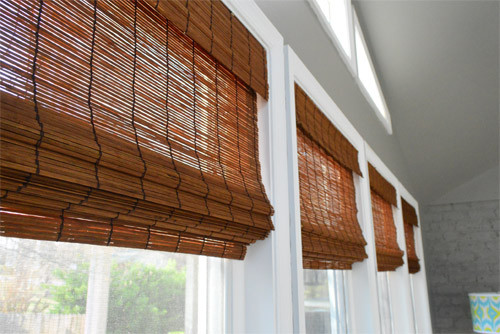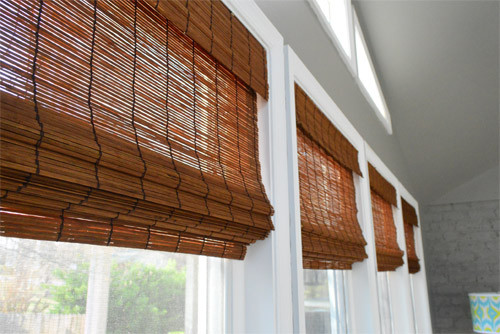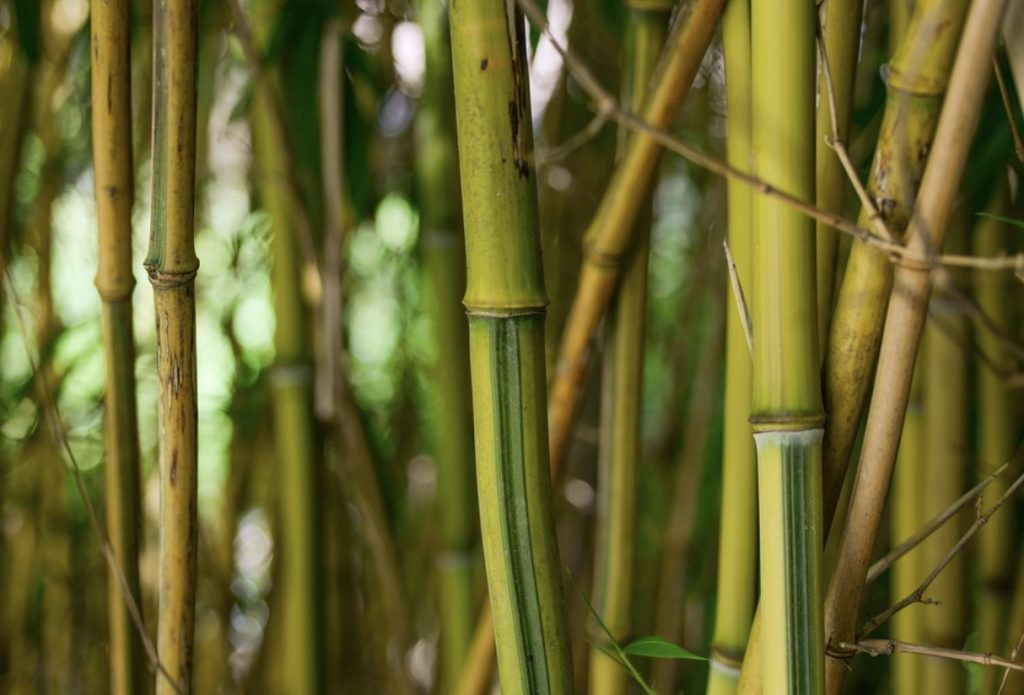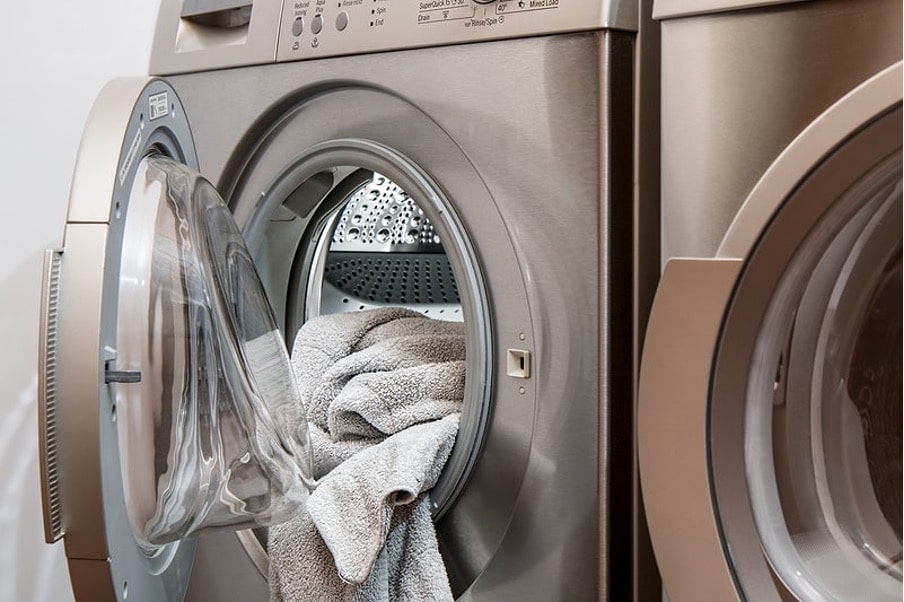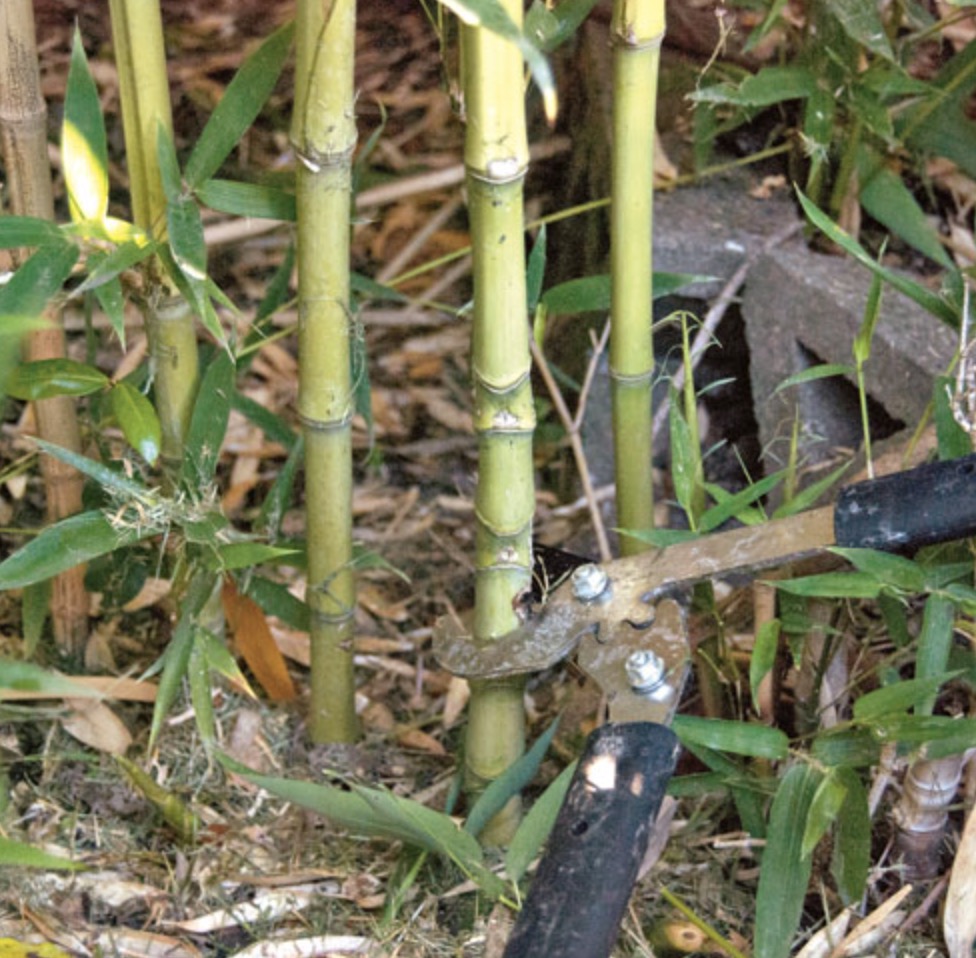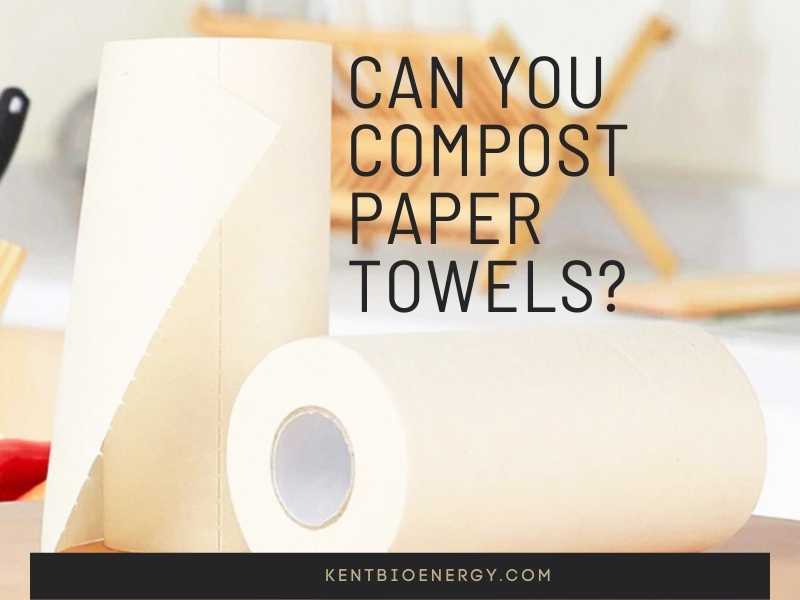In recent years, bamboo viscose fabric has become more trendy in the fashion world and our daily lives. That’s because this is an exceptional fabric with many outstanding features, such as a moisture-wicking feature, excellent breathability, and durability.
Is there any other mystery that makes it win the hearts of so many people? If you are curious, refer to the following article to get the answers!
What Is Bamboo Viscose Fabric?
First of all, let’s go into its concept to help you get a general view of this fabric type. What is bamboo viscose fabric? Bamboo viscose fabric, also called bamboo rayon fabric, is made mainly from bamboo fibers, as its name suggests. The manufacturer uses bamboo to spin its silk and comb it thoroughly until it creates extremely thin bamboo yarns.

This is the first generation of bamboo fabrics in the clothing world, and the next ones are modal and lyocell cloth materials. When it comes to price, bamboo viscose is much more expensive than other cellulose substances. However, its price comes with outstanding quality, such as its extraordinary softness, breathability, and sustainability characteristics.
Because of its high price, some traders take advantage of bamboo viscose’s popularity for profits. You should read carefully and check the description and goods quality before purchasing.
When Did They Start Creating Bamboo Viscose?
Historically, bamboo viscose originated from Europe. It is the creation of a French industrialist, ilaire de Chardonnet. Hence, people suppose that he is the father of the first viscose fibers around the world. Later, it was commercialized and regarded as a substitute for silk because of its softness and durability.
However, the original viscose material was not necessarily superior because it was easy to catch fire. In 1892, a German company named Bemberg built on its initial version to develop and perfect the limitations with the help of British scientists, including Edward John Bevan, Clayton Beadle, and Charles Frederick Cross.
In 1905, this company officially received a patent on the production process of bamboo viscose. Since then, this fabric material has become more popular and appeared in the clothing production process of several companies on the market. Other manufacturers have also relied on the key properties of bamboo viscose to develop and create their innovative products.
How Is Bamboo Viscose Made?
As its name suggests, viscose fabric is made primarily from cellulose or bamboo wood pulp. However, if the product label only mentions bamboo viscose without specifying the actual source, this can easily confuse you. That’s because bamboo viscose consists of various varieties like sugarcane viscose, eucalyptus viscose, or beech viscose, and they all have the same manufacturing processes.
After the manufacturer extracts bamboo viscose from the bamboo plant, they dissolve it into a substance called dilute sodium hydroxide to create a fine pulpy powder. This compound must meet the ratio of 7 percent to 15 percent bamboo cellulose and 5 percent sodium hydroxide to achieve enough viscous level.
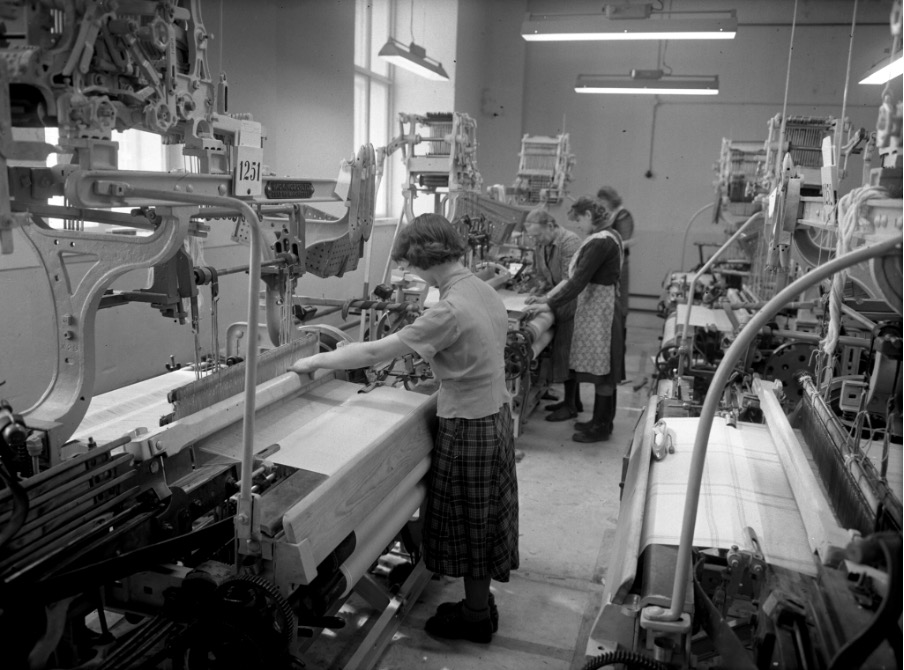
After that, the compound is fermented, filtered, and degassed several times. It is then placed under multiple spinneret nozzles, which pass a big box containing dilute sulfuric acid to make these fibers harden. Later, they’re transformed into bamboo fiber threads.
After eliminating viscous consistency, workers will spin these threads and comb them into fibers. Eventually, they will weave the fibers into fabrics to create end products.
Benefits Of Bamboo Viscose Fabric
If you are wondering why bamboo viscose fabric is so popular, here are the answers.
Since bamboo viscose appeared on the market, silk is no longer the only soft material. Now, viscose fabric can be regarded as an alternative to silk and satisfy even picky, sensitive skin. It is a great fabric source for different clothing such as t-shirts, pajamas, or even hats.
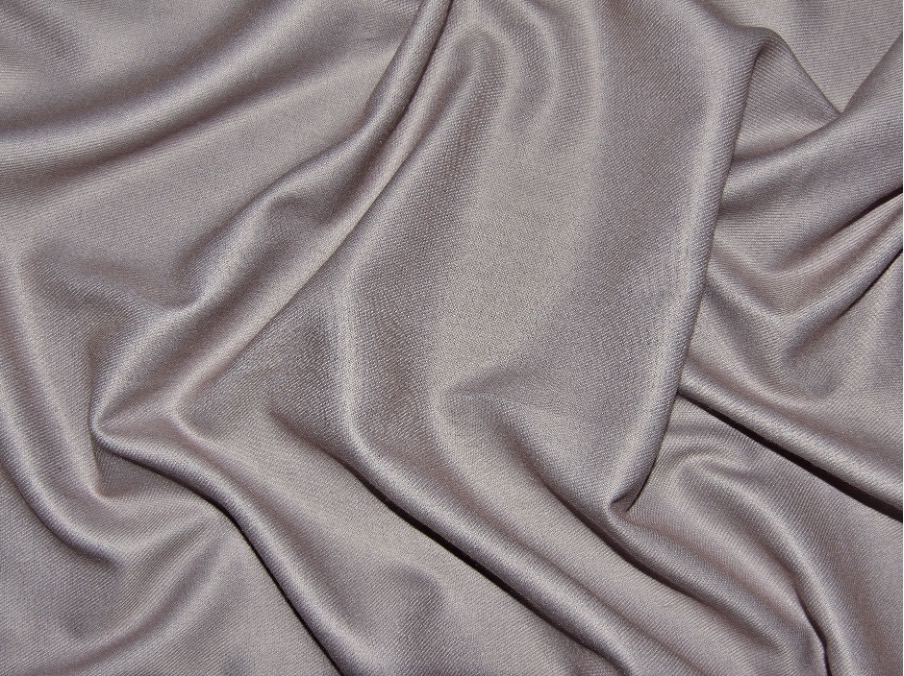
As shared before, the main material of this fabric is bamboo, so it offers extremely good ventilation. In other words, viscose items will never get you hot. That’s why it’s ideal and suitable for summer wear and sweaty activities like exercise, yoga, or sports.
When you buy clothes made from this colorfast fabric, you don’t have to worry about them getting wrinkled or frayed after many piles of laundry, even machine washing, unlike other textiles and clothing. This explains why they are so pricey yet still in high demand.
Besides, the principal substance of viscose fabric is bamboo, a plant with a miraculous ability to reproduce, grow, and regenerate. Thus, the possibility of bamboo being exhausted is almost unlikely.
Advantages Of Bamboo Viscose
In addition to the benefits stated earlier, bamboo viscose also gives you privileges that make it more popular and prominent than other luxury substances.
Do you feel hot when wearing sweat-proof clothes? It’s time to switch to bamboo viscose because of its ability to absorb sweating quickly and make you cool. That’s because bamboo is approximately four-fold more porous than cotton; it has more leading moisture-wicking features.
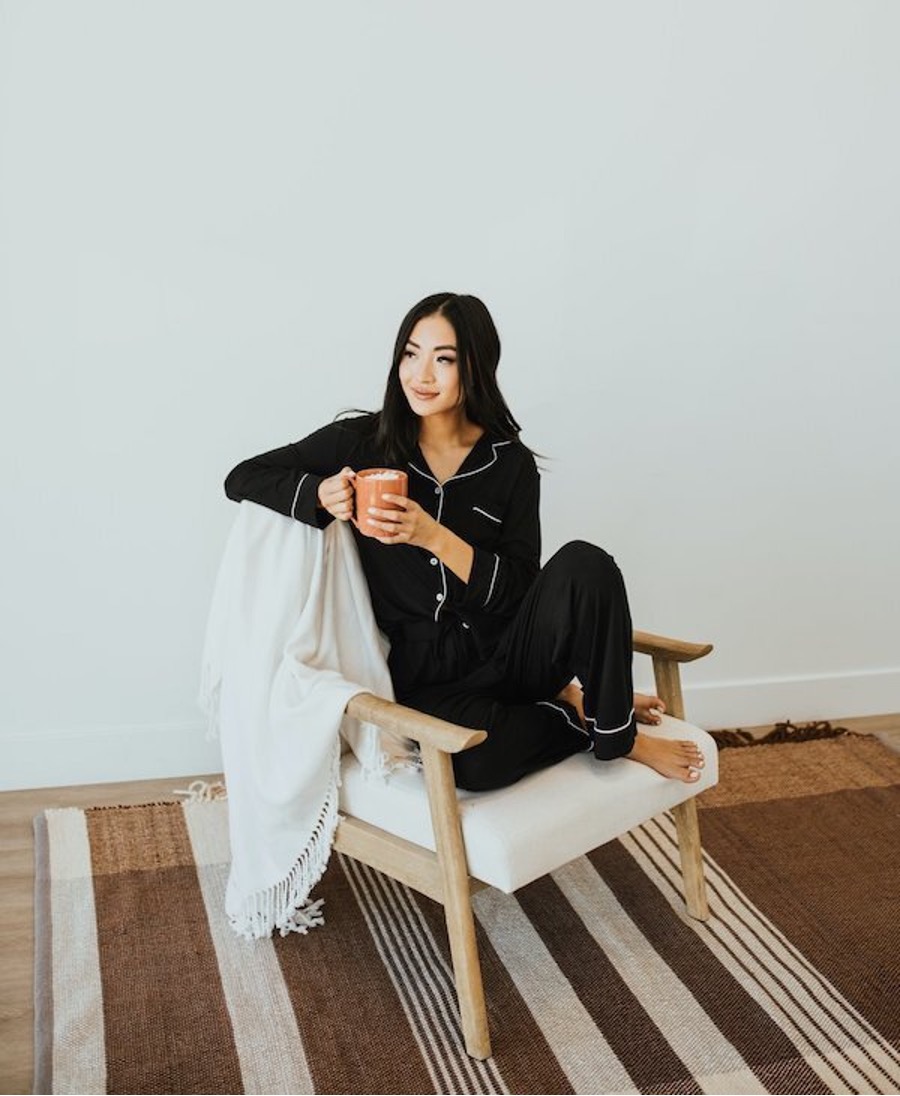
Moreover, it comes along with thermo-regulating innovations, which will keep you cool in the summer and warm in the winter. You can optionally choose the thickness of the garment to match your breathability in any season.
Have you ever been allergic to chemicals used in the manufacturing processes of other fabrics? With bamboo viscose, this phenomenon is almost impossible because it is mechanically spun and organic. It still contains chemicals, but the content is as minimal as possible.
If you have body odor, this is a perfect choice and a great alternative to other fabrics. Viscose is made from bamboo, so its antibacterial properties will help you prevent smell accumulation and keep your body always fresh.
Disadvantages Of Bamboo Viscose
Despite its superiority, bamboo viscose also has some drawbacks, as shown below.
Due to the complexity and meticulousness in production, bamboo viscose is considered one of the most expensive fabrics for elites. Nonetheless, with the long-term advantages it brings, this price is completely reasonable and relevant.
Above and beyond, this fabric also requires high maintenance in washing. You should not wash it with other fabrics because their fibers can cling to the viscose. Additionally, don’t wash in hot water or dry in hot air as the viscose will shrink when exposed to high heat.
Bamboo Viscose Vs. Modal Vs. Lyocell
The bamboo viscose fabric consists of three varieties, including viscose, modal, and lyocell. Here we will help you distinguish them to avoid confusion when purchasing.
- Viscose: This is the first generation of bamboo fabric. It engages in dilution with sodium hydroxide and then the process of drawing and combining to form fibers.
- Modal: this type also has the same method and production process using a similar solvent. However, modal experiences additional processing after spinning the yarns, which makes it stiffer than viscose.
- Lyocell: This variety is different from the other two. Instead of being produced in the sodium hydroxide, lyocell undergoes manufacturing within the organic composite M-Methylmorpholine N-oxide, which is more environmentally friendly than viscose and modal.
Sustainability And Eco-friendliness
If you have never used viscose fabric, you will surely doubt its sustainability and eco-friendliness. Is it accurate, as the manufacturers proclaim?
This question has almost no absolute answer because the above properties depend on the production place and process. Most bamboo fabrics derive from China because this country possesses the consummate soil and climate suitable for bamboo development.
However, Chinese fabricators are also famous for mass production, so you must carefully examine the garments before buying them.
Uses Of Bamboo Viscose
The chief material is bamboo, but viscose does not limit the usage. Here are some marvelous applications of this fabric.
Viscose has the greatest use in the apparel industry, thanks to its cool properties and varied designs. Aside from daily wear such as tees, bathrobes, dresses, or nightgowns, it is likewise the leading material for intimate outfits such as underwear, bathing suits, and cover-ups because of its breathable characteristics.
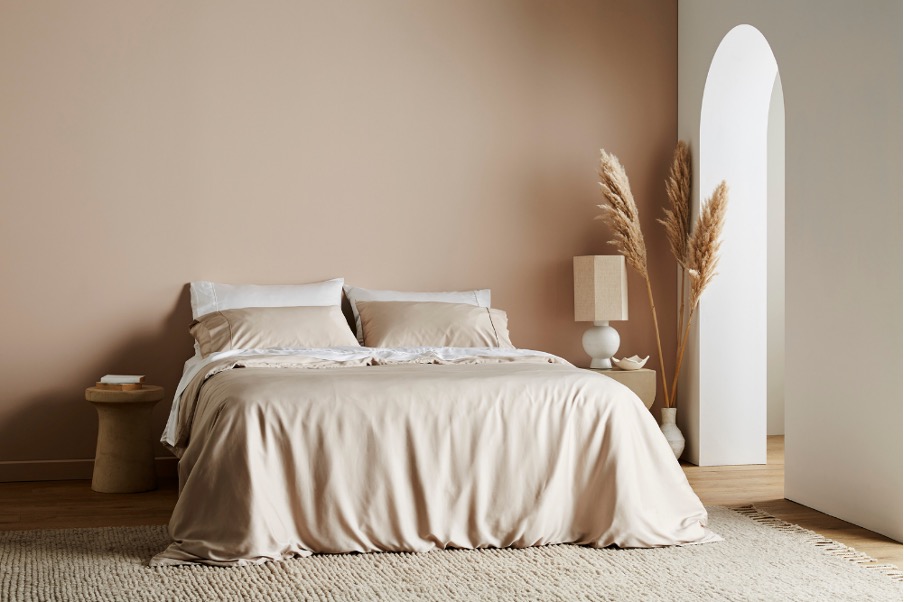
In addition, you may see bamboo viscose in bedroom things such as bedsheets, mattress pads, pillows, drapes, or duvet covers. Some bathroom products are produced from viscose, like bath mats, bedsheets, or towels.
Surprisingly, viscose is commonly used in certain sanitary stuff and medical groceries, including medical masks, absorbent pads, or surgical wear.
Is Bamboo Viscose Better Than Cotton?
The answer is yes. In terms of breathability, bamboo viscose is much more outstanding than cotton. Furthermore, it wins a place in people’s hearts as the main element – bamboo is so eco-friendly.
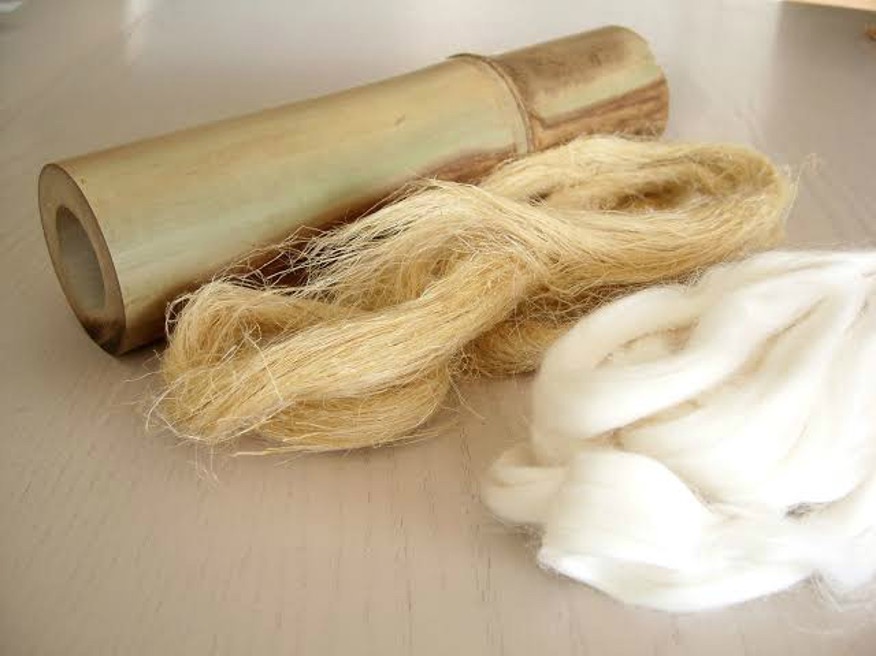
In A Nutshell
That’s all you should know more about bamboo viscose fabric, a prominent material for the fashion industry and other fields. In general, this is breathable, antibacterial, soft, and highly applicable. That explains why its price is worth its weight compared to other fabrics.
If you tend to purchase products made from this material, carefully check the label and its quality as it may be confused with some of its varieties. Thanks for reading our post!
Help Us! Share on:


